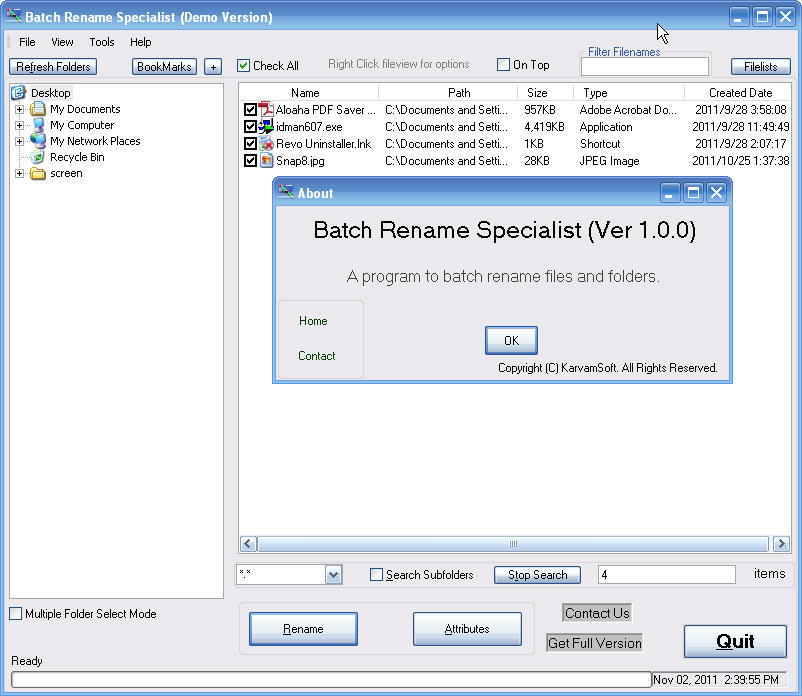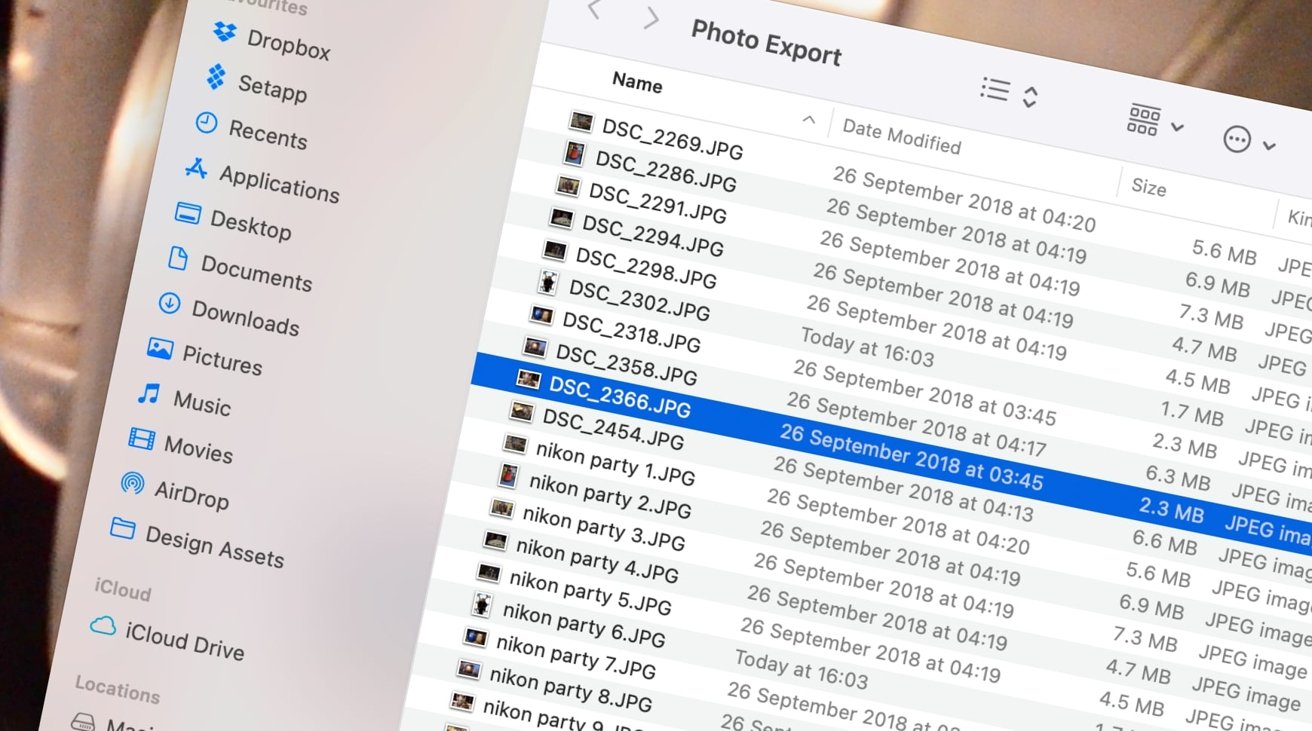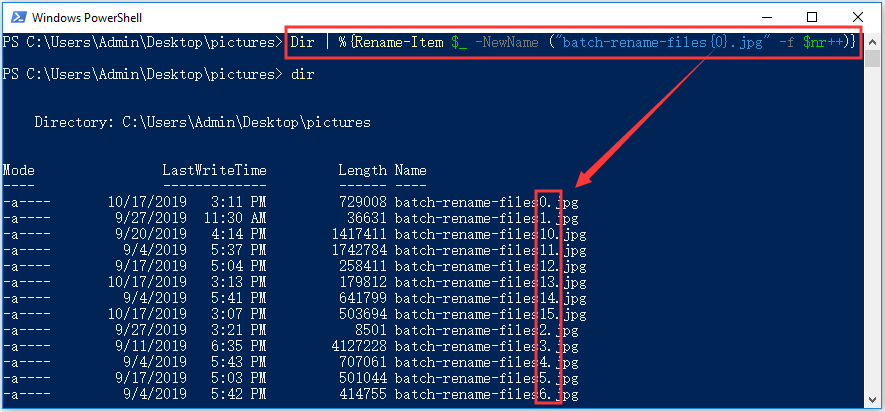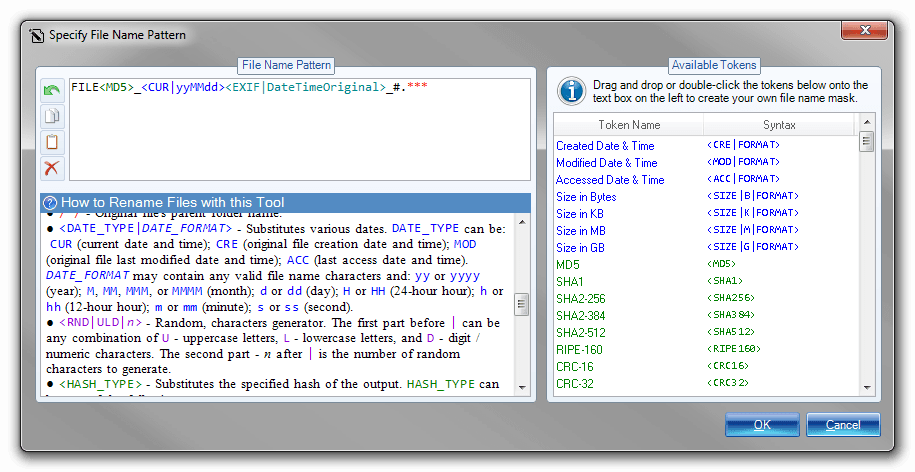

REN SourceMask TargetMaskīoth the SourceMask and TargetMask can contain * and/or ? wildcards.Īs described below, the behavior of these wildcards is slightly different for a source or a target mask. To return to the original file name structure (the use of a, b, c, etc), you must rename each file individually.Rename a file or files. If you use the Windows XP Rename function in Windows Explorer, after you select the three "smith" files, and rename smitha.doc to smythea.doc, all the other files you selected are named smythea(x).doc. All file names automatically show the new spelling, and are renamed smythea.doc, smytheb.doc, and smythec.doc. For example, if you had files that are named smitha.doc, smithb.doc, and smithc.doc, you could use the ren smith*.doc smythe*.doc command. The Rename function in Windows Explorer does not match the behavior of the REN command you may use at a command prompt. If you make a mistake when you try to rename multiple files, you can press CTRL+Z, or click Undo Rename on the Edit menu to undo file rename action you just completed, and you can repeat this process as needed. All of the remaining selected files are named BUDGET(x), where x is a unique number, starting with (1). For example, if you type BUDGET as the new name, the first file is named BUDGET. When you rename multiple files, all of the renamed files have the same name with a number in parentheses appended to the name to make the new file name unique.


However, after you press ENTER, all of the files are renamed. NOTE: When you complete the preceding steps, the highlighted state of all files except one disappears, so it may appear as if you are only renaming one file. To do so, press and hold down the CTRL key while you are clicking files.

To do so, click Start, point to All Programs, point to Accessories, and then click Windows Explorer. This step-by-step article describes how to use Windows Explorer to rename multiple files in Windows XP. How to Rename Multiple Files with Windows Explorer


 0 kommentar(er)
0 kommentar(er)
